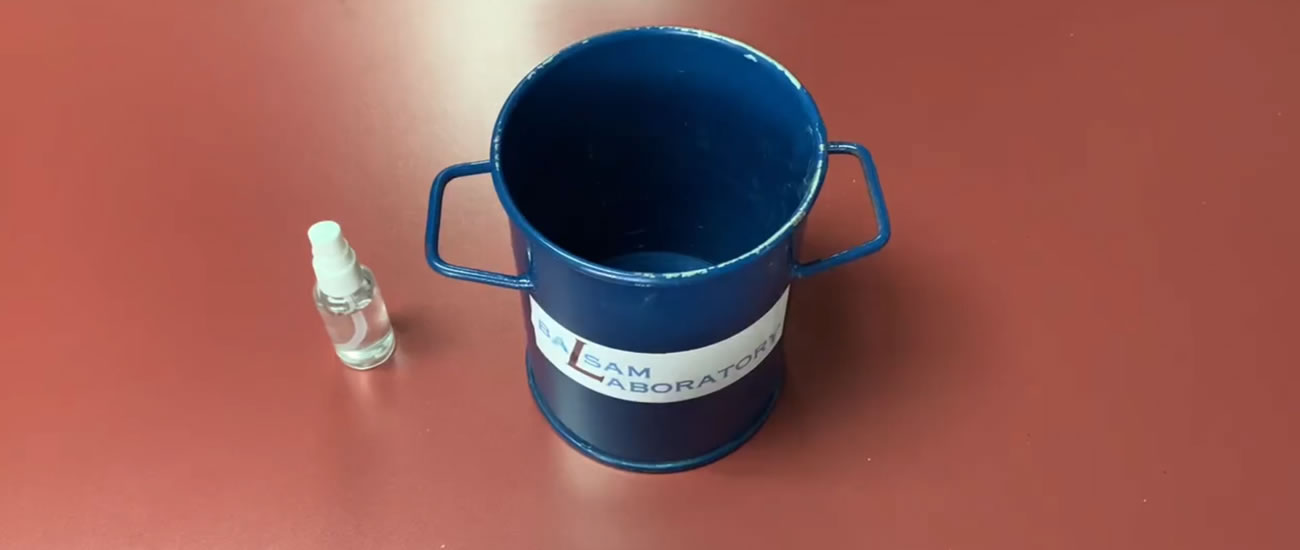
Prevent the formation of mud cake
Mud cake is a semi-consolidated or consolidated block formed by the small particles and debris cut by the cutter head of the shield machine, which stay between the tunnel face and the cutter head, and are continuously squeezed and rubbed by the cutter head, and then re-aggregated and adhered to the cutter head or cutter. With the continuous accumulation of mud cake in cutter head, the penetration of cutter decreases, which makes the cutter's ability to cut soil decrease and easy to cause eccentric wear. However, the eccentric wear of cutter leads to local high temperature, which makes the mud cake around cutter further solidify, forming a vicious circle. At the same time, the existence of mud cake easily causes the cutter head opening and unearthed device to be blocked, resulting in problems such as shield thrust, torque increase, cutter head sticking or wear, which seriously affects the construction efficiency, and even faces the consequence that the shield machine can't drive normally.
In practice, the cutting process of cutter head can be divided into two steps: one is that the cutter penetrates into the stratum, and the other is that the cutter head rotates to drive the cutter to crush the stratum. No matter when the cutter penetrates or cuts, it mainly involves two kinds of effects, one is the extrusion bonding between the cutter and the excavated soil, the other is the compression shearing between the cutter and the soil.
Therefore, we have adopted two tests to further verify whether it is possible to intervene in the process of extrusion bonding and shearing in the early excavation, so as to prevent, alleviate or even eliminate the formation of mud cakes.
①Extrusion test: spray dispersant solvent on the bottom and periphery of the iron container in advance, and then simulate the process of extrusion compaction to observe the clay adhesion.
②Rolling tool shear test: the hobbing teeth in the rolling tool can simulate a certain shearing action on the soil, and the hobbing gap can be regarded as the cutting head soil entry gap. Spray solvent on the hobbing contact surface in advance to see if it is easy to bond and retain clay in the gap during rolling.
Please refer to the following video for the specific test process and results:
After two preliminary test methods of extrusion bonding and shear residue, we can think that the formation of mud cake can intervene and play a certain preventive effect during the excavation of cutter head, which is an important measure worthy of attention during construction in high-viscosity soil layer. Users are also welcome to consult or give your valuable opinions to help us make efforts to prevent mud cake of cutter head in shield construction.
